 |
|||||||
|
|
||||||
|
|
||||||
Jigging, very active fishing |
|
| By Nacho Torner | |
|
|
|
|
|
|
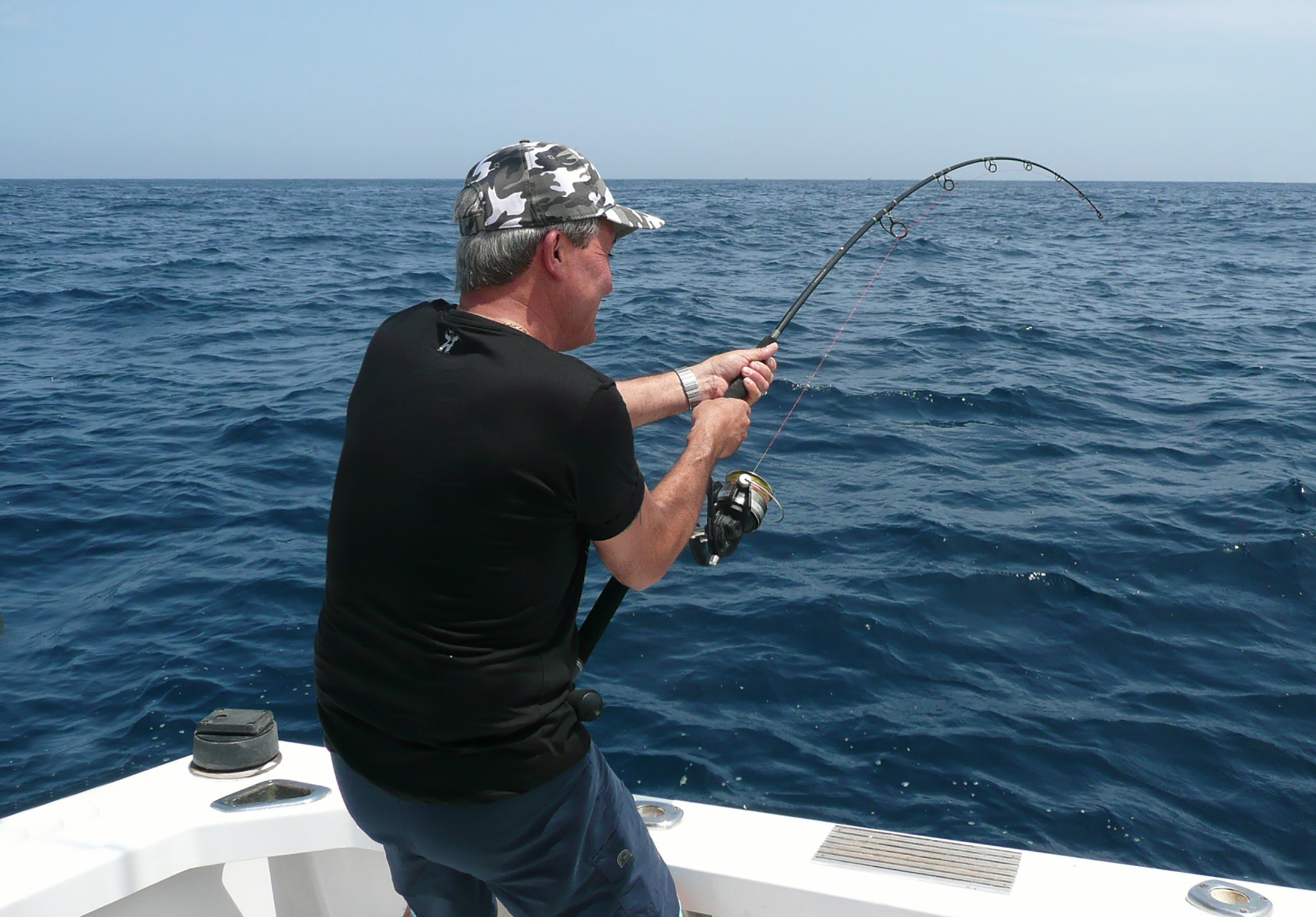 |
|
The Japanese introduced jigging, after practicing different fish in different seas and oceans. However, this discipline was originated in the North Pacific, for commercial fishing, in which simple lead lures were already used - with plastic strips - known then by the name we now give them, jigs. Later the Scandinavians adapted this discipline to fishing for the northern halibut. In jigging we are pulling the rod more or less abruptly and in a vertical direction, a rather exhausting action if we practice for several hours. Once we drop the lure we recover with the reel fully open and pull. The varied movements that we exert make that the fish succumb. We will release and recover several times. If there is low current we will throw about 5 times in the area in which we are located, before changing course. Remember that unlike trolling, when the boat is stopped and possibly several miles from the coast, several people can fish at once in the first few miles from the shore on depths from 20 meters. |
|
|
|
BOTTOMS AND SPECIES |
|
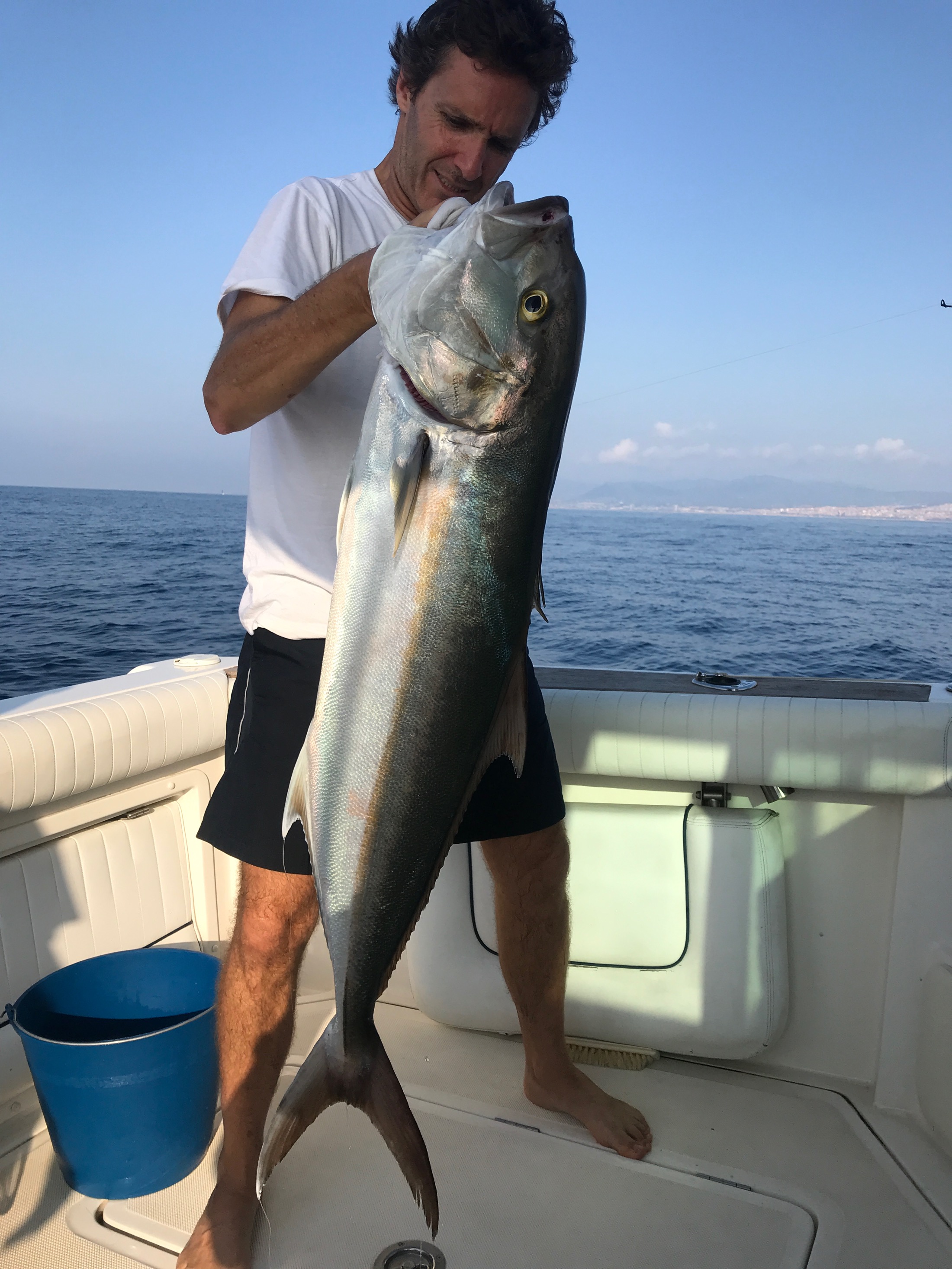 |
|
|
|
WHAT MATERIAL DO WE USE? The jigging rods provide good flexibility and are designed from state-of-the-art high modulus carbon, with a high abrasion resistance ring (SIC). Regarding their length, it is recommended to start with 170-195 centimetres. The jigging reels, fitted with a large number of bearings, have an average ratio of five turns of drum to one turn of crank. It is recommended to use reels with a weight of less than 900 gr and a large ergonomic crank for easy manoeuvring. As for the jigs, if we are starting in this discipline we recommend using a weight that doubles the bottom, if the current is weak. Otherwise, or with a lot of drift, the ideal would be to increase the weight of the jigs by 50% more. At this point, the angler must have the feeling that the artificial dominates the situation and not the current or the drift. Regarding colors and sizes, as preferred by the angler, although there are tones such as orange and silver that work perfectly. We will use braided fishing line, characterized by its good resistance that we will join to a fluorocarbon terminal of a minimum resistance of 20 kilos. Let's keep in mind the use of a sonar, since we are going to need to have contact with the marine profile on which we are navigating. This way, we will be able to interpret the spots that will indicate the presence of fish and schools of fish. |
|
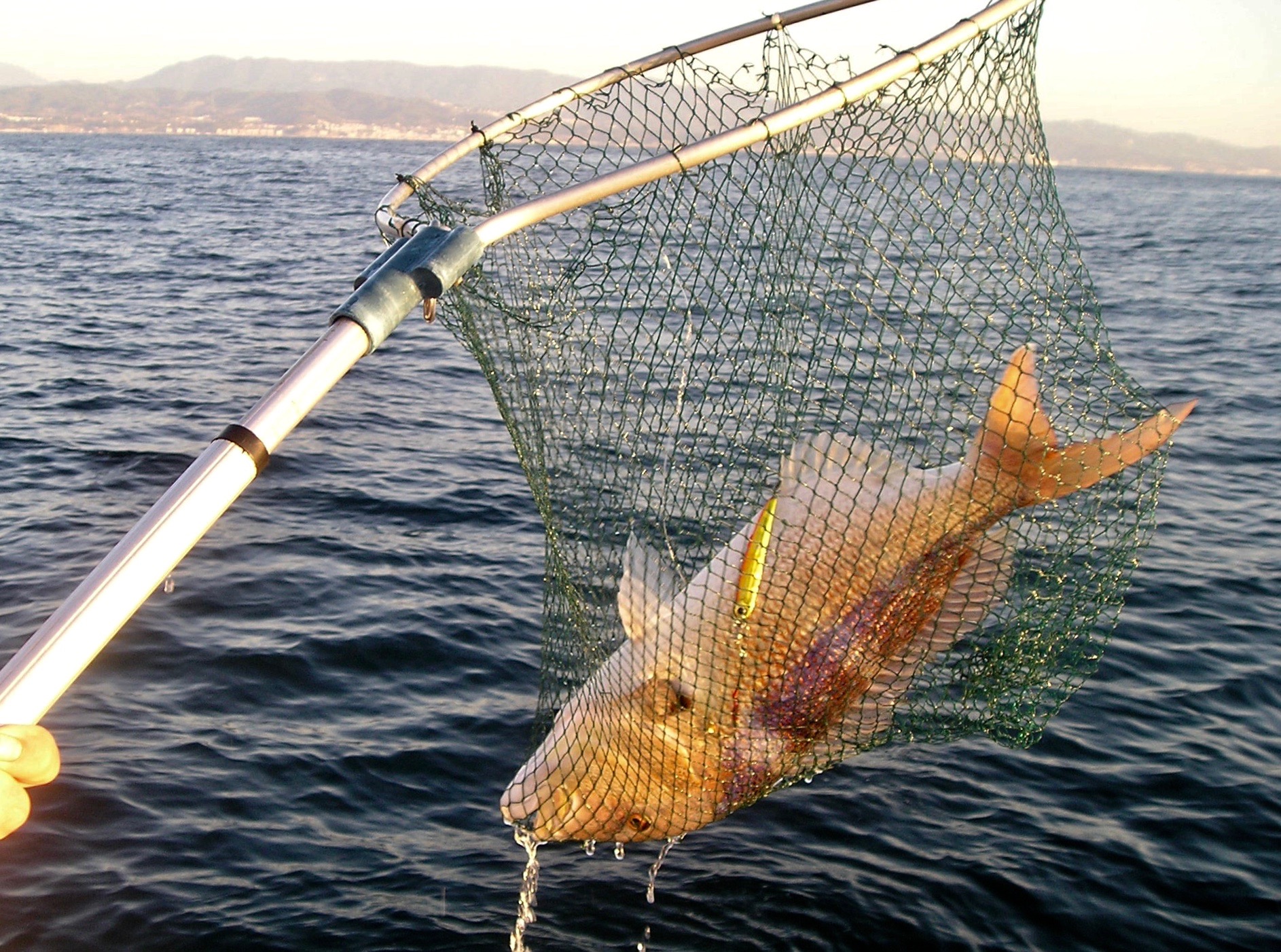 |
|
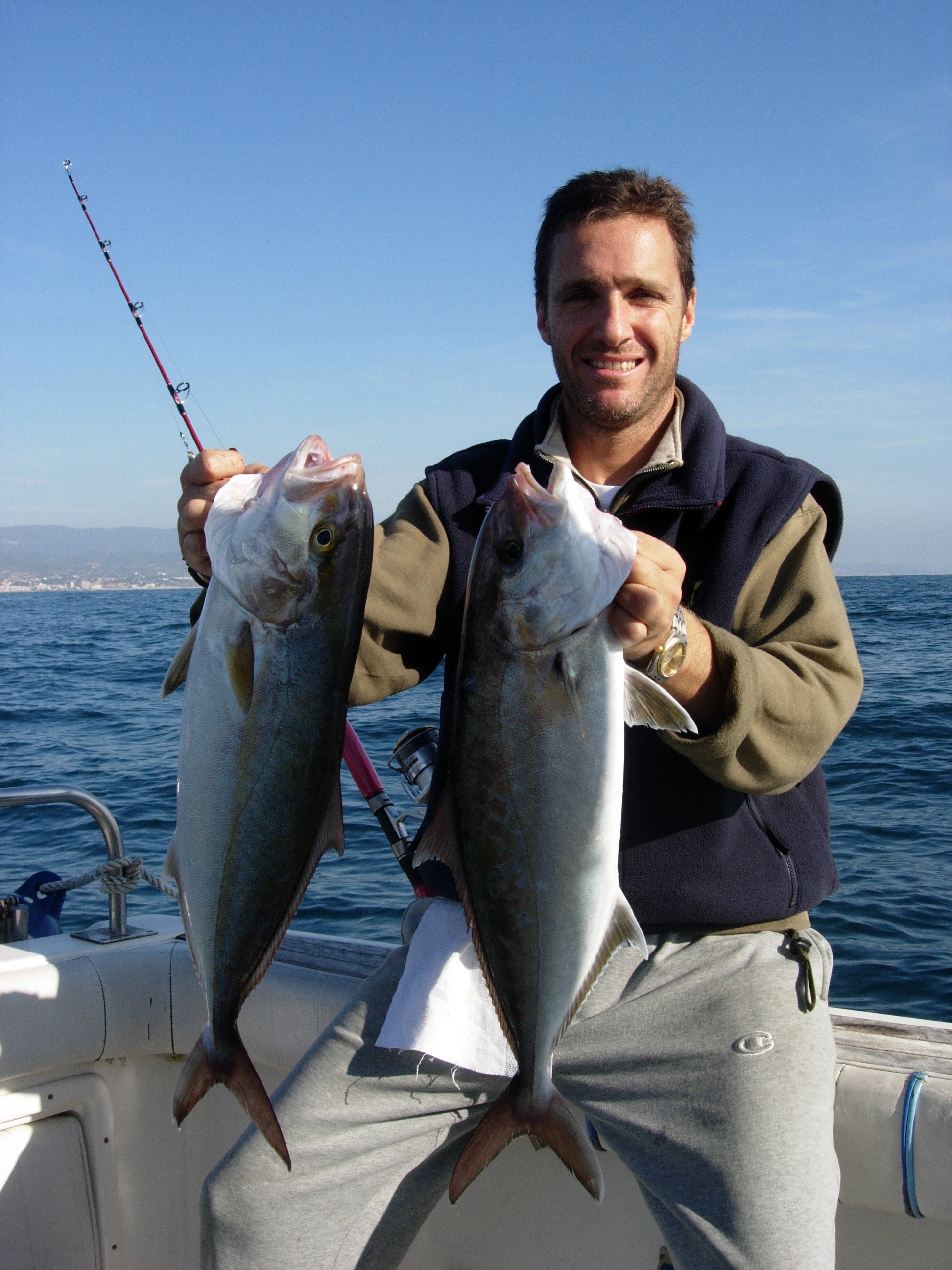 |
|
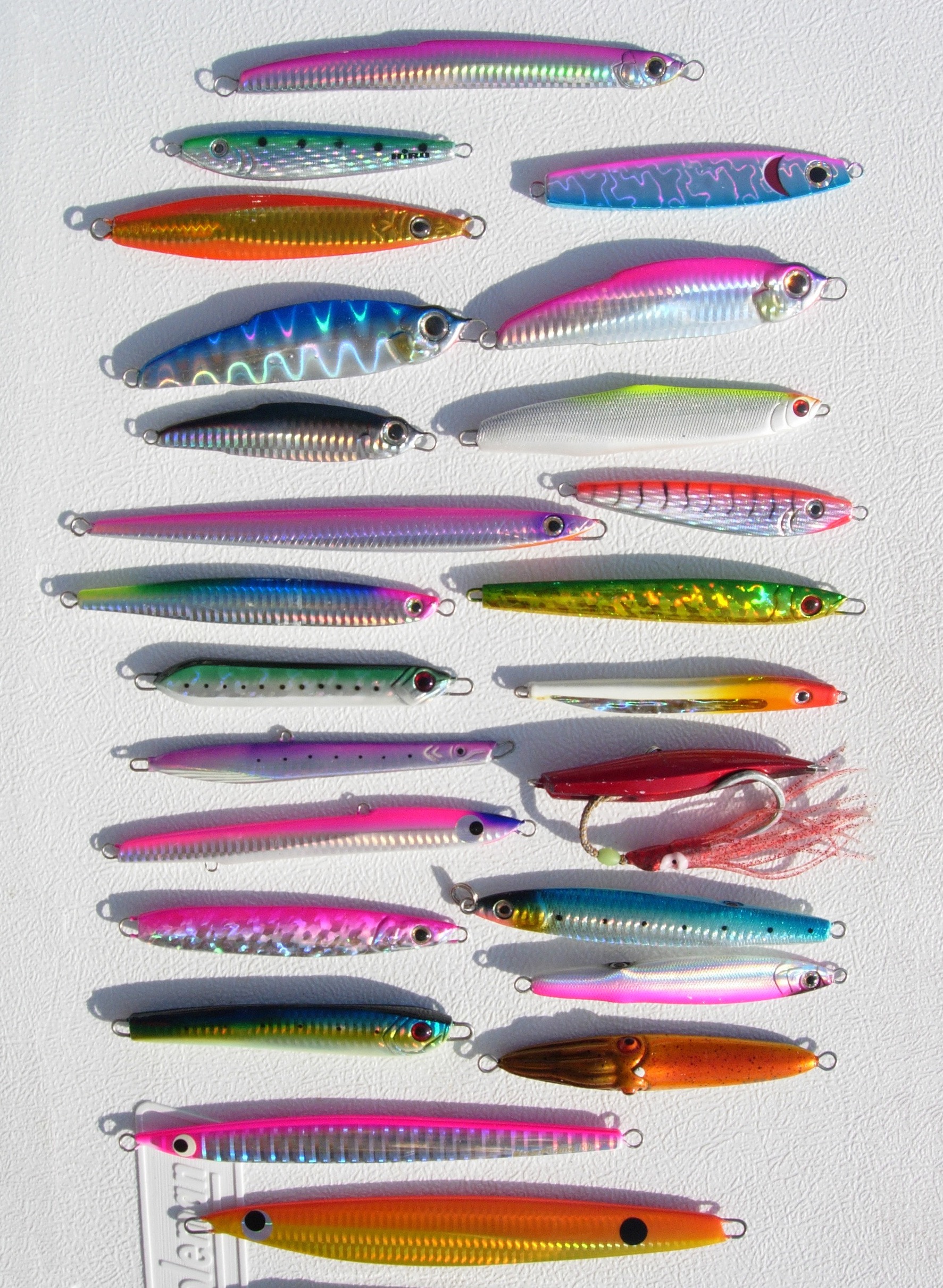 |
|
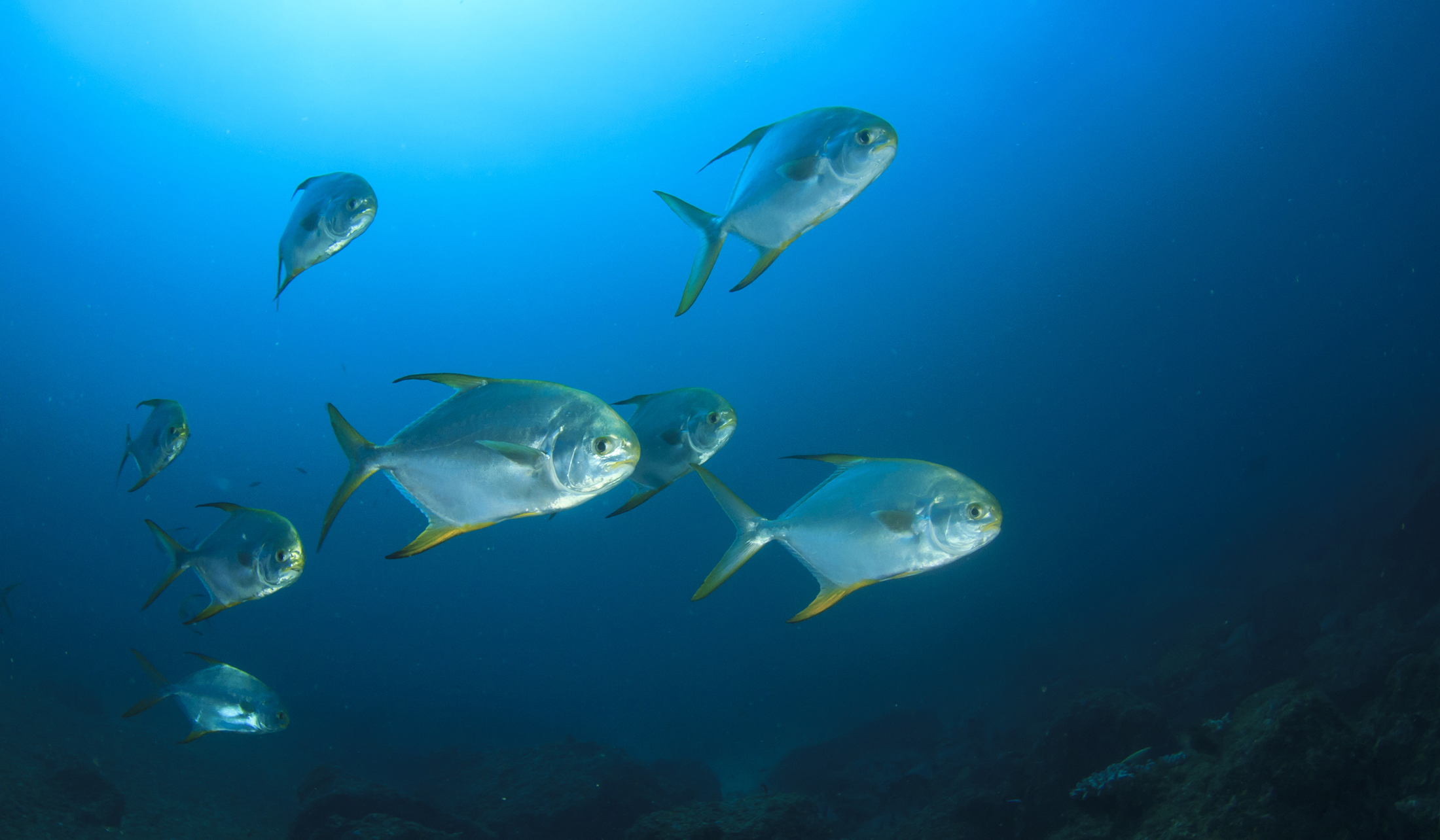 |
|
 |
|
 |
|
 |
|
 |
|
|
||||||||||||||||||||||||||||